While City of Edmonton’s Dr. Fayi Zhou (general supervisor of environmental planning in the City’s drainage services branch) is proud of Edmonton’s Insurance Bureau of Canada (IBC) and Federation of Canadian Municipalities (FCM) Watershed Award recognizing his municipality’s project for adapting to the effects of climate change on stormwater, he has a larger goal.
Zhou believes that the Dual-Use Stormwater Management Facility Project is only the beginning. The project reproduces the Dutch Room for the River concept of using school soccer fields to provide stormwater management and flood control for extreme rainfall events.
What fires Zhou’s imagination is a study of the impact of climate change on urban hydrology and the policy rethink entitled The Way We Green, which repositions water protection in Edmonton. The new objective to protect the North Saskatchewan River and its tributaries from pollution and erosion caused by stormwater runoff is pretty straightforward. The suggested policies make it more exceptional.
The City will establish, implement, and maintain a stormwater management strategy that gives priority to low impact development (LID) approaches over traditional stormwater management approaches. It will also establish, implement, and maintain LID guidelines for application in all developments in Edmonton.
The Way We Green adopts LID as a key stormwater management practice. According to Zhou, it does so primarily because conventional stormwater management just hasn’t addressed the City’s problem to date.
Edmonton’s sea change
With these new developments, the City of Edmonton has rejoined a fraternity of lot level stormwater LID which it had explored during the mid-1980s. The visionary Edmonton Rain Barrel Project for residential downspout disconnection and stormwater harvesting, complete with its own state-of-the-art residential micro-cistern design, was shelved in favour of a backflow prevention program predicted to virtually eliminate basement flooding. Uncertainty about whether lot level disconnections and capture would eliminate continuing basement flooding, and the attendant liability claims against the city, was balanced by an extremely negative return on investment for the backflow preventer program, which was estimated to increase operating costs for the city’s Gold Bar Wastewater Treatment Plant by $10 million. The rain barrel program was eventually resurrected by EPCOR and may yet return as a principle program of Edmonton’s lot level approach to runoff reduction.
But one of the primary drivers of Edmonton’s decision to move to LID was an extreme rainfall event in 2004 that flooded over 4,000 basements, resulting in $171 million in insurance claims. That event, as with Toronto’s Black Creek blowout of the Finch Avenue culvert (an estimated repair cost of $45 million), proves that, in terms of volume and value of claims, stormwater now constitutes the largest climate risk facing municipalities.
According to statistics from the IBC, water damage claims grew from 20 to 50 per cent of all property-related claims within Canada over the past nine years—in 2009, there were an estimated 1.23 billion water-damage claims industry-wide in Canada. “Our greatest exposure as a company has gone from fire claims to water damage claims—weather-related events,” says Adrian Hall, director of personal specialty insurance and corporate communications at Royal & Sun Alliance Canada.
The climate change train has left the station
So what changed? The short answer is the climate and, as a result, the nature of stormwater planning and engineering. Municipal stormwater researchers in Canada and the United States have calculated the dollars, the land needs, and the ecosystem outcomes attached to climate adaptation and resilience and found that urban hydrology needed LID if it was to survive climate change.
Even though Environment Canada consistently lacks sufficient policy and financial support, its research into catastrophic climate-induced variability in weather has painted a convincing picture of the extreme heat, drought, cold, and rain climate change will bring. The dramatic incidence of flooding increases even when rainfall volumes are reduced, because our “urban deserts,” with over 70 per cent of impermeable surface, resemble parched lands which have lost their absorptive capacity. Shorter but more intense rain events have nowhere to go.
Basement flooding from system overcharging, mass flooding, road and infrastructure damage—none of this is new. What makes climate change a major variable in their cause is the increased incidence, the mounting financial toll, and the prospect of even greater and uncontainable loss. Formerly 100-year storms are now the new norm. The IBC/FCM Watershed Awards juxtapose against the climate change threats the profile of a municipal sector in Canada distinctly lacking in stormwater LID knowledge, policy, funding, and implementation capacity.
Overcoming barriers to perception
“Municipalities are among the leaders in the battle against climate change,” said Basil Stewart, mayor of Summerside, PEI and FCM’s president at the time the IBC/FCM awards launched. “It’s important to recognize the most innovative measures being implemented by municipal governments across the country to reduce storm and wastewater damage in their communities.”
The challenge is not the capacity of LID to fulfill its climate change adaptation role, but the ability of municipalities to accept, and then understand, that it plays that role most effectively. Since the 1990s, LID has evolved from being considered just one of a handful of methods open to consideration of municipal, land development, and other stormwater practitioners. It was the hard and fast support of the US Environmental Protection Agency’s (US EPA) Office of Water and Watersheds, its adoption by the Green Building Council’s Leadership in Energy and Design rating system, and the Landscape Architects of America as the methodology for sustainable land use, and rigorous testing and compliance. But most of all, there was a social transformation that Zhou and many others say is necessary for LID to be recognized as significantly differentiated from the conveyance and detention aspects of the standard treatment train approach to stormwater.
The easy part is over, the policy is written, and the technical aspects have been addressed. As Zhou and the City of Edmonton embark upon stormwater climate change adaptation, all they have to do is ensure everyone is singing from the same songbook—and that might be tough. WC
Kevin Mercer is president of Hampton Consulting Group, a water strategy and program design practice located in Toronto.

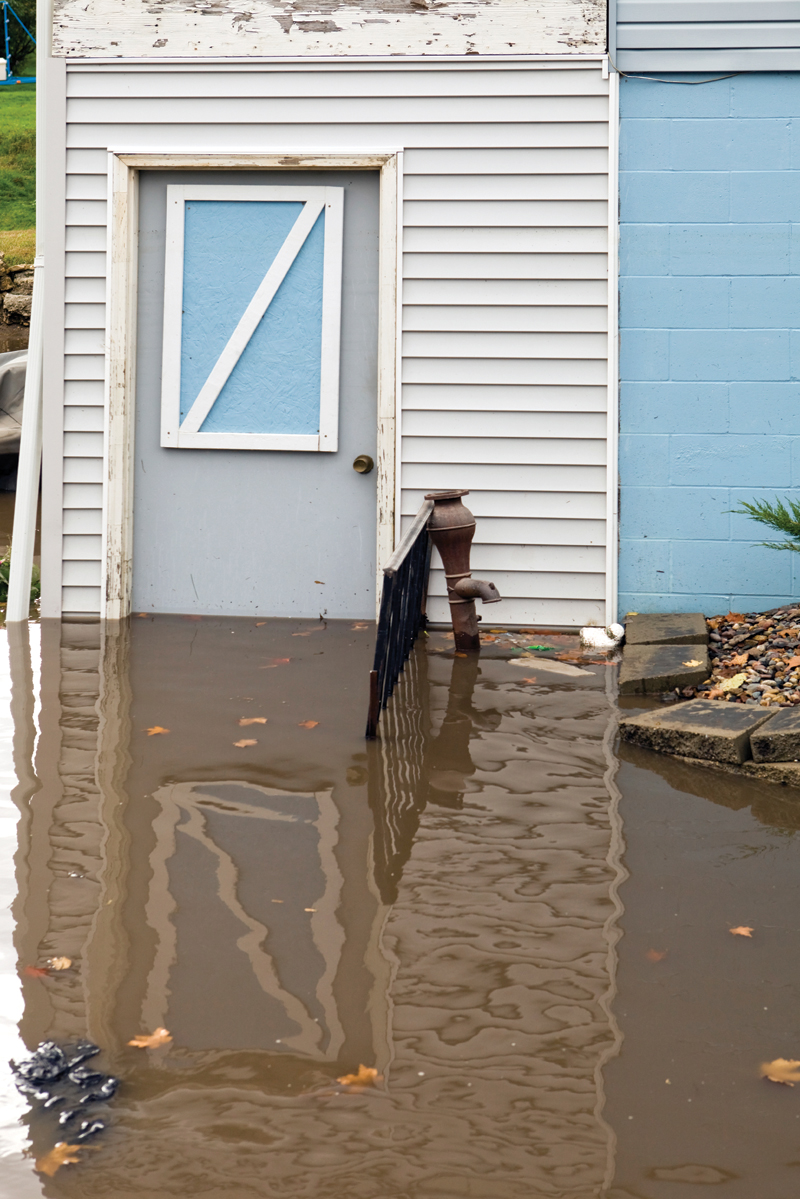
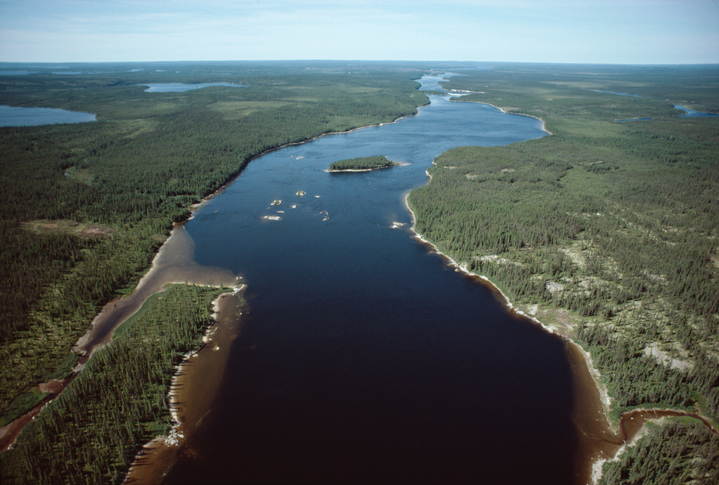
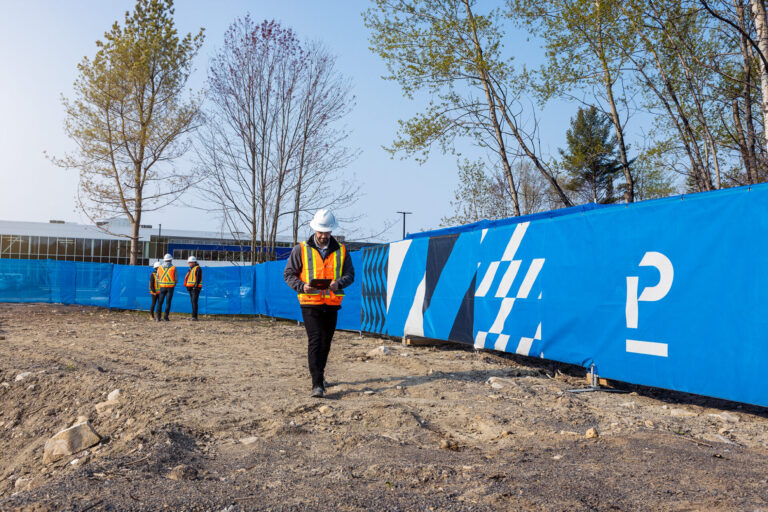

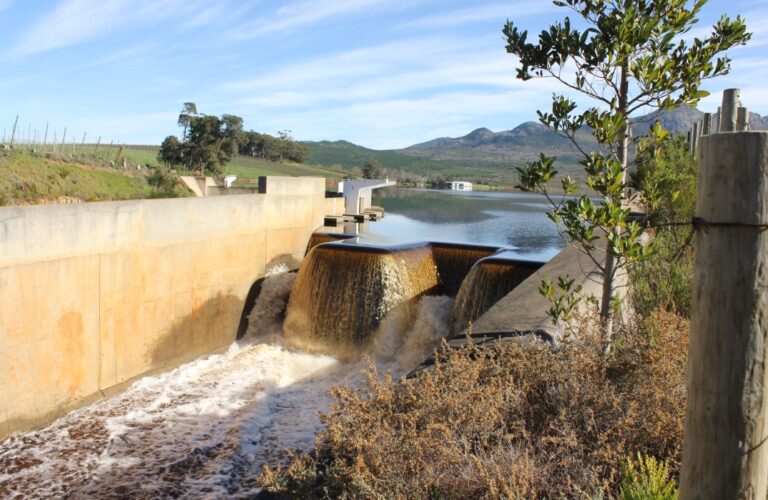

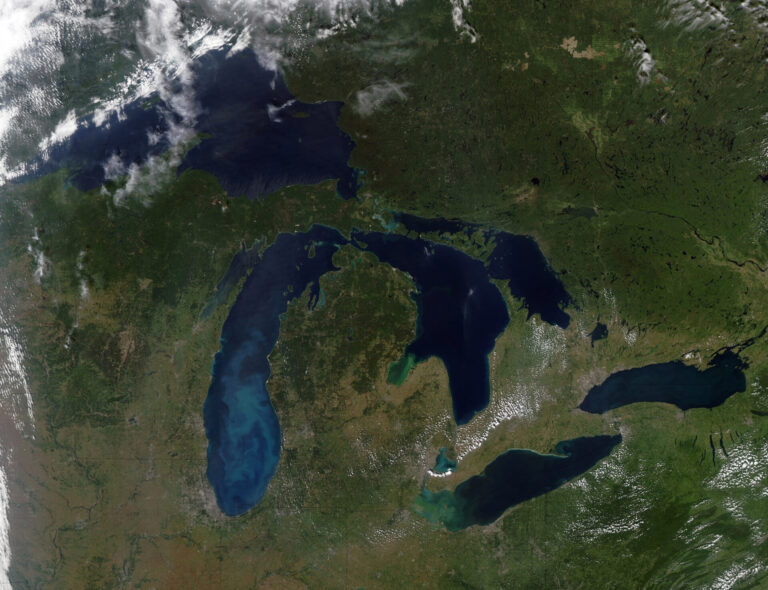


Not all that surprising, especially since the weather patterns have turned quite erratic the past couple of years. I can only imagine what’s in store for residents next year!
-Jackie